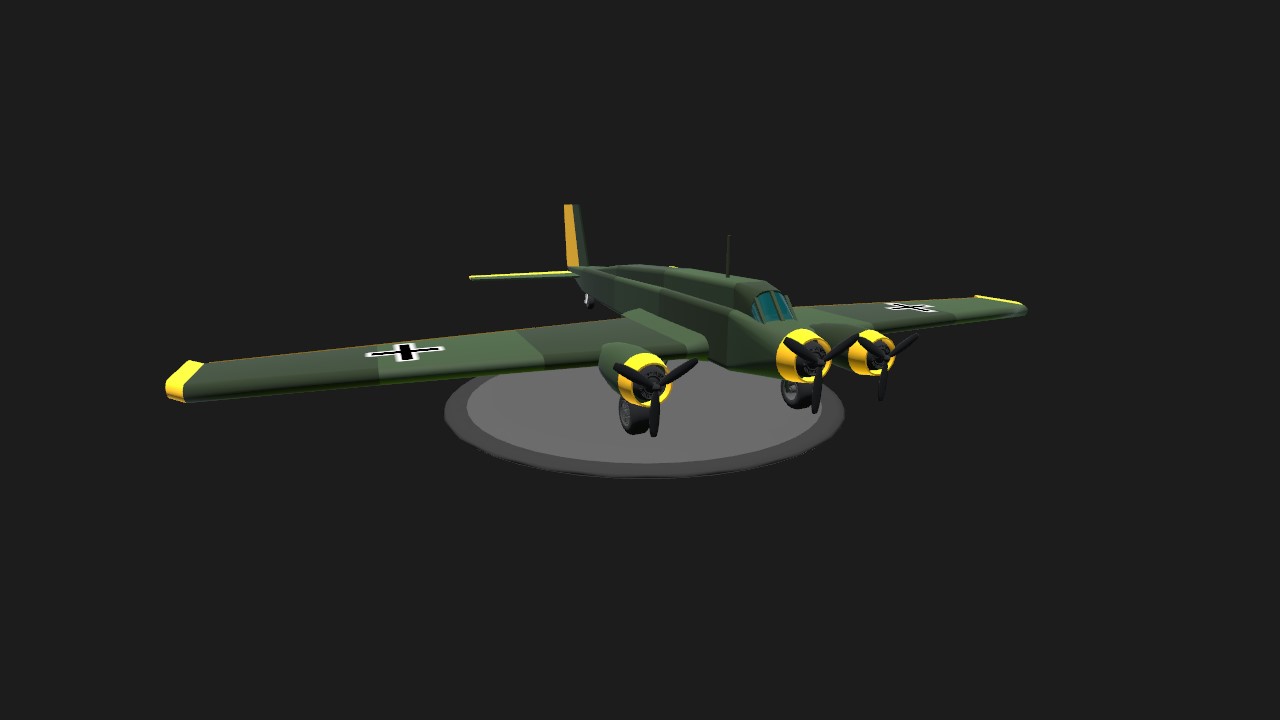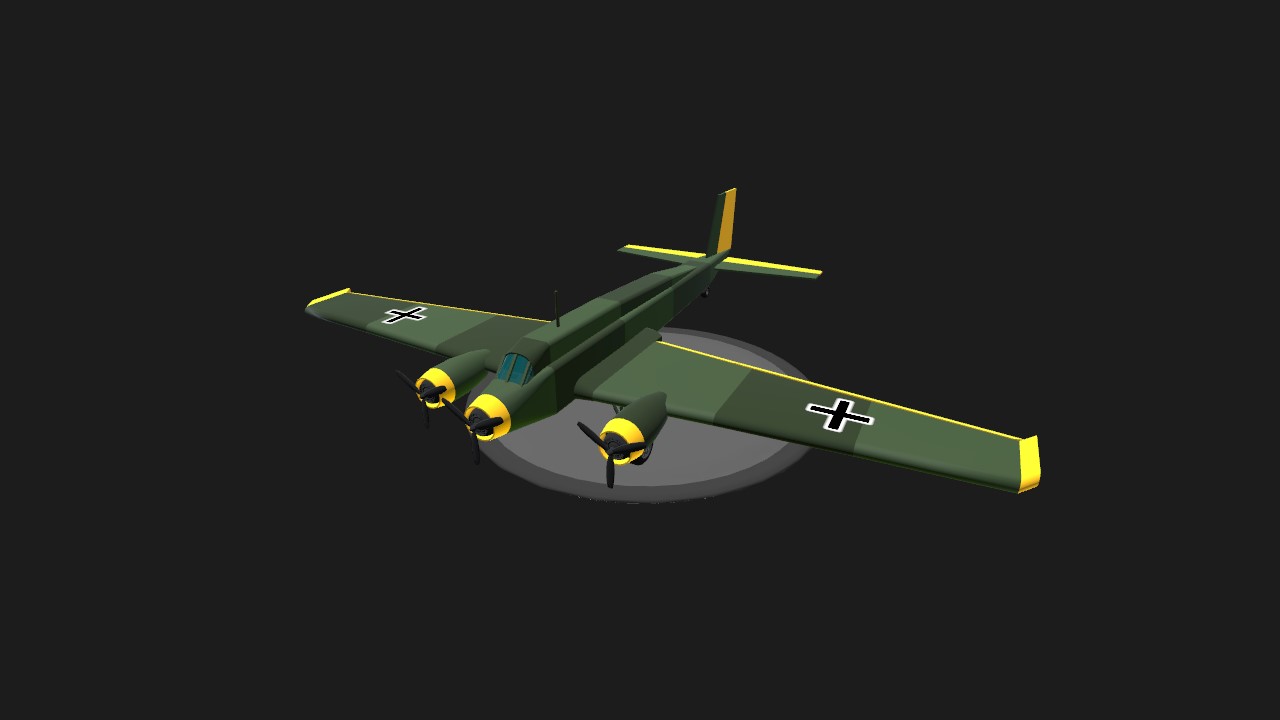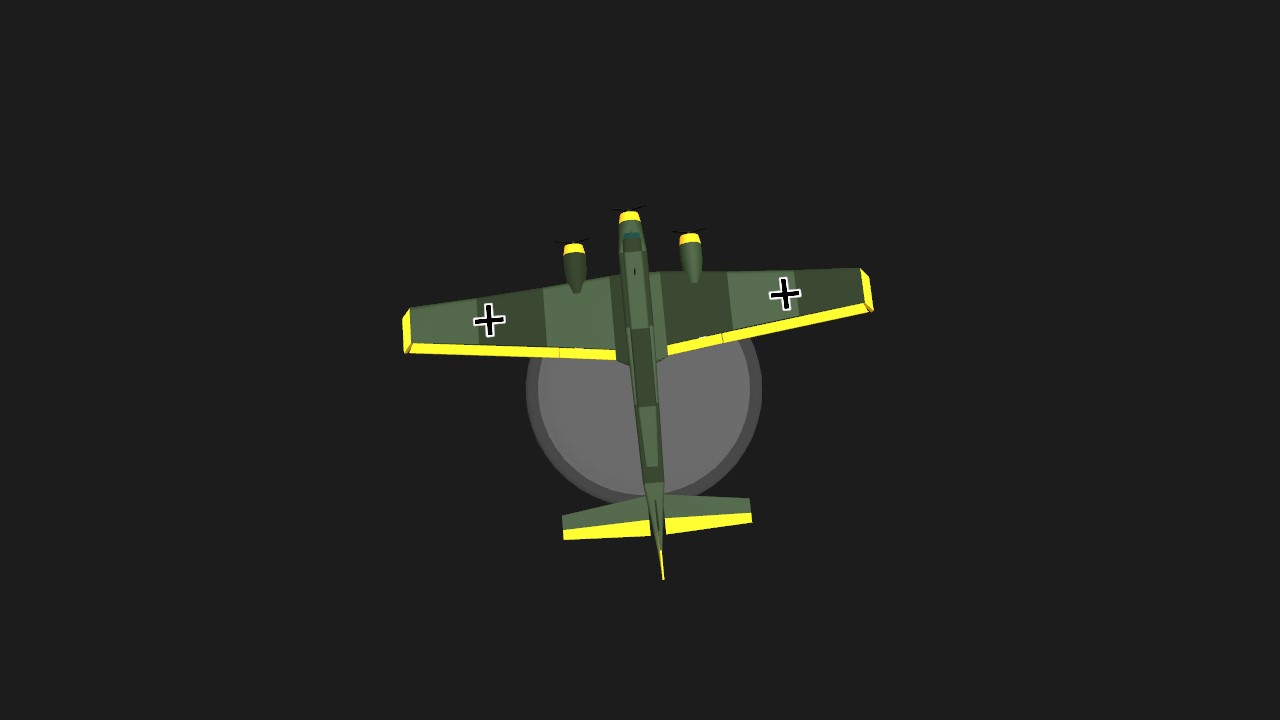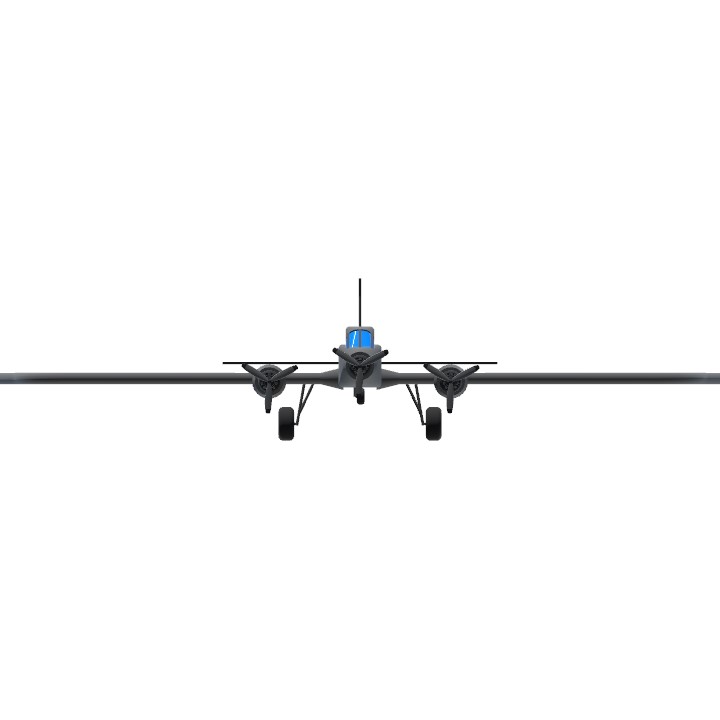The Junkers Ju 52/3m (nicknamed Tante Ju ("Aunt Ju") and Iron Annie) is a transport aircraft that was designed and manufactured by German aviation company Junkers. Development of the Ju 52 commenced during 1930, headed by German aeronautical engineer Ernst Zindel. The aircraft's design incorporated a corrugated duralumin metal skin as a strengthening measure, which was very unusual at the time. The Ju 52's maiden flight was performed on 13 October 1930. It was initially designed with a single engine, however, it was produced in quantity as a trimotor. The primary early production model, the Ju 52/3m, was principally operated as a 17-seat airliner or utility transport aircraft by various civil operators during the 1930s. Following the rise of Nazi Germany, thousands of Ju 52s were procured as a staple military transport of the nation. The Ju 52/3mg7e was the principal production model. The Ju 52 was in production between 1931 and 1952. In a civilian role, it flew with over 12 airlines, including Swissair and Deutsche Luft Hansa, as both a passenger carrier and a freight hauler. In a military role, large numbers flew with the Luftwaffe, being deployed on virtually all fronts of the Second World War as a troop and cargo transport; it was also briefly used as a medium bomber. Additionally, the type was deployed by other nation's militaries in conflicts such as the Spanish Civil War, the Chaco War, and the Portuguese Colonial War. During the postwar era, the Ju 52 had a lengthy service life with numerous military and civilian operators; large numbers were still in use by the 1980s. Even in the 21st century, several aircraft have remained operational, typically used for purposes such as heritage aviation displays and aerial sightseeing.
Specifications
General Characteristics
- Predecessor Tri-prop challenge (15 upvote prize)
- Created On Windows
- Wingspan 103.1ft (31.4m)
- Length 76.7ft (23.4m)
- Height 23.1ft (7.0m)
- Empty Weight 24,385lbs (11,060kg)
- Loaded Weight 48,956lbs (22,206kg)
Performance
- Power/Weight Ratio 0.481
- Horse Power/Weight Ratio 0.122
- Wing Loading 40.1lbs/ft2 (195.5kg/m2)
- Wing Area 1,222.4ft2 (113.6m2)
- Drag Points 23365
Parts
- Number of Parts 65
- Control Surfaces 5
- Performance Cost 484







7, great looks, but It doesn’t meet some of the points, as it doesn’t even have any bombs
Surprising low part count for a pretty detailed build, good job